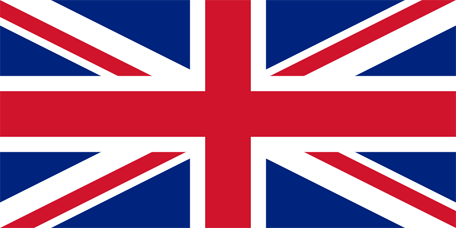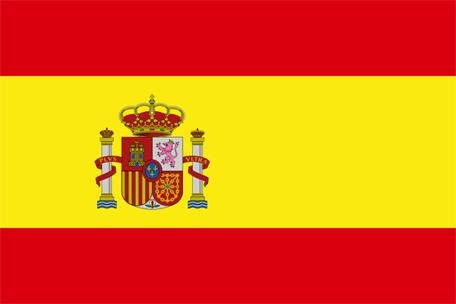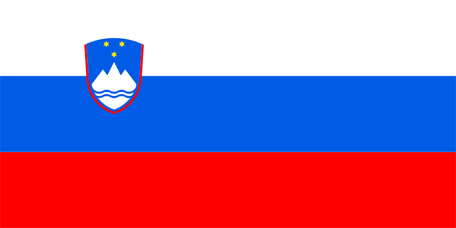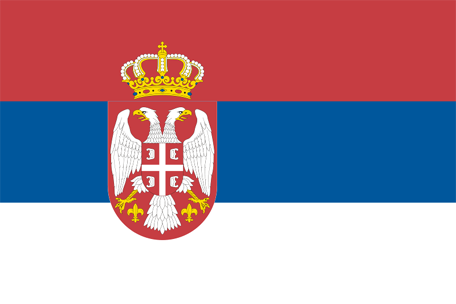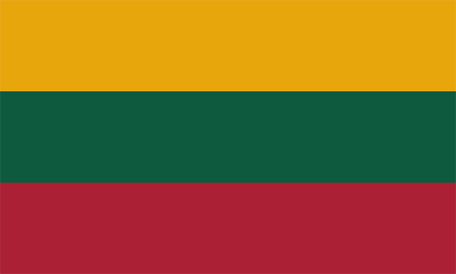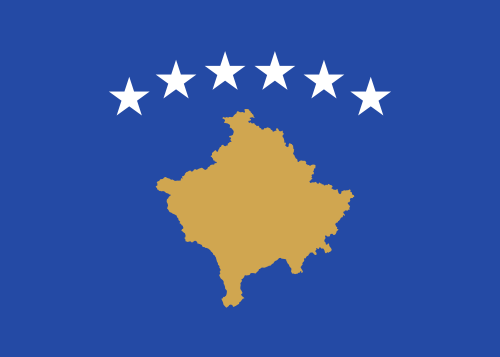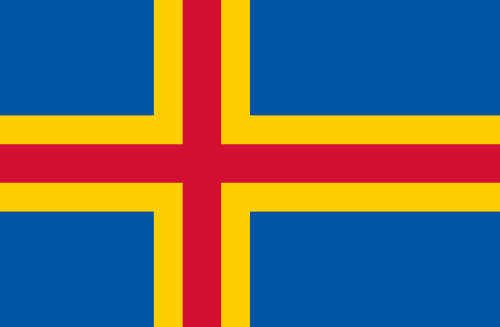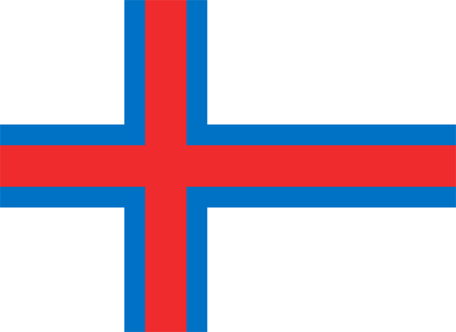European Transportation
United Kingdom
The UK’s high population density created early conditions for good communication. A white-branched canal system was built as early as the late 18th century, and Britain is the country where the canals were of the greatest importance for industrialization. Many of them are still in use; most, however, for tourist purposes.
Despite many closures in the 1950’s and 1960’s, the railway network is well developed. Since the 1970’s, several lines have been electrified, and high-speed trains were introduced early. The train traffic around the big cities is particularly well developed, and for example London, much more commuters travel by public transport than by car. A decision to deregulate the British railways was made in 1993. Private companies, after tendering, handle the traffic. A number of regional companies rent out trailer stock, and newly formed Railtrack is responsible for tracks, signals and stations. Metro is in London, Glasgow and Newcastle. Trams have been reintroduced in Manchester, Sheffield and Birmingham in the 1990’s and in Croydon (south London) and Nottingham in the 2000’s.
All bus services except those in London have been deregulated; Public city bus services are planned and carried out by private companies in competition, which resulted in difficult traffic and an aging bus park. The number of car owners has increased significantly, which is reflected in new highways and ring roads. The ring motorway around London was completed in 1986.
Air traffic has also expanded, especially the international one. Three-quarters of the traffic takes place at the seven airports owned by the British Airports Authority: Heathrow, Gatwick and Stansted (all London), Glasgow, Aberdeen and Edinburgh in Scotland and Southampton on the south coast.
Over 90 percent of the country’s exports and imports go by sea. There are 80 ports that handle over 500 million tonnes of goods annually. Nearly half of all goods go through the six largest ports: London, Tees & Hartlepool, Grimsby & Immingham, Forth, Milford Haven and Sullom Voe. The latter three, located in Scotland, Wales and the Shetland Islands, respectively, are primarily oil ports.
Spain
The Spanish transport network has been built with Madrid as the center. Large and costly extensions have been implemented to improve the country’s previously heavily neglected infrastructure. Most of all transport takes place on the roads. Of the 11,000 km of motor and four-lane roads, 1/4 are chargeable. The rail network covers about 15,300 km, of which just over half are electrified. One problem regarding rail transport, which is mainly handled by the state RENFE, is that the different track width (1,676 mm) does not allow connection to the normal railways (1,435 mm) of the French railways. Normal high-speed lines are available between Madrid and Barcelona, Malaga and Valladolid.
According to Countryaah, Spain is a country located in western Europe and it has around 20 international airports, of which Madrid, Barcelona and Malaga are the largest on the mainland. Airports in the Canary Islands and the Balearic Islands also have high passenger numbers. The main trading ports are Barcelona and Bilbao. Algeciras and Ceuta have great ferry traffic.
Slovenia
Like most of the former Yugoslav republics, Slovenia is a transit country for rail and road traffic from Central Europe and Italy to the Balkan states and Asia Minor and vice versa. The railway network covers 1,200 km, of which 499 km are electrified. The country has three international airports, of which Ljubljanas is by far the largest.
Serbia
There are now about a dozen corridors or long-distance transport routes in Eastern Europe. Two of them pass through Serbia and pass through Belgrade. They link western and central Europe with the countries around the Black Sea and the Middle East. One of the transport corridors is the Danube from the northwest to the south-east, the other is the road and rail connection from north to south. With growing international trade, the pressure on these transport routes is increasing.
Much better infrastructure is also needed for domestic business to grow. Among the most necessary and cost-intensive projects in the country are a number that relate to the expansion and modernization of different transport systems. Infrastructure has long been kept out of privatization and the state’s lack of funds has therefore delayed the realization of several such large projects.
The road network is of relatively good quality in the larger urban areas but in poor condition in more remote parts of the country. Motor vehicle ownership decreased significantly during the end of the 1990’s and in 2012 amounted to 238 vehicles per 1,000 residents. It is a low figure for being in a European country, but traffic nevertheless presents serious environmental problems, since many cars are old and fuel is poor.
In 2015, the state railway network covered 3,800 km, of which one-third was electrified. It had been completely neglected for several decades and only then began to improve the tracks and buy modern trains. Only 7 percent of the network is double-tracked and the low standard of the network limits the speed. In the Belgrade area there is a separate commuter train network and also a tram network with 12 lines. Several bridges over the Danube were destroyed during the bombings in 1999, which for many years made it difficult for both road traffic and river transport. Now, the Danube is again an important fairway for heavy and bulky transport such as raw materials for the steel mill or grain on the way to being exported across the Black Sea. In all, the Danube has 12 ports in the 588 km long Serbian part. Sava and Tisa are also sailable.
Serbia’s two international airports are located in Belgrade (Nikola Tesla Airport) and Nis. The Serbian airline was formerly called Jat Airways and was completely state-owned. In August 2013, 49 percent of it was sold to the national airline in the United Arab Emirates and the name was changed to Air Serbia. Flight connections are then expanded to several cities in Eastern Europe and Southeast Asia. There are also two small charter airlines.
Lithuania
The geographical location has made Lithuania a communication hub and important transit country for freight transport, of which 60 per cent today is on the roads. Lithuania has the best road network in the Baltic and one of the best in all of Eastern Europe. It is mostly paved but in need of maintenance. Via Baltica, which connects the entire Baltics with Poland, has undergone extensive renovation.
The Lithuanian railway has a different gauge than western Europe. The 2,000 km long railway network (mainly single track, of which the approximately 120 km between Vilnius and Kaunas is electrified) accounted for the majority of large freight shipments to the Soviet Union inland from Klaipėda, which is Lithuania’s most important port. Now extensive transport is going in the other direction with goods from Belarus being shipped via Klaipėda, where the port has been modernized. Transit traffic is also significant from the Russian Federation, as the Russian exclave Kaliningrad is dependent on the railway connection over Lithuanian territory.
In 2011, regular container traffic started by train from China to Lithuania via Kazakhstan, the Russian Federation and Belarus. Lithuania’s most important international airport is located in Vilnius, but also Kaunas and the tourist resort of Palanga on the Baltic Sea coast have international connections.
Latvia
The geographical location has made Latvia a transit point for both east-west and north-south trade. The transport network that was expanded in the Soviet era is used today for growing freight transport from the Russian Federation, the entire former Soviet Union and the Far East via Latvia to Western Europe and the United States. Transit is thus one of the most important sectors of Latvia’s business and accounts for almost 90% of the freight flow in the ports and about 75% on the railways.
The most important ports are Riga, Liepāja and Ventspils, which previously handled a quarter of the Soviet Union’s oil exports. After 1991, a large proportion of the Russian Federation’s oil exports went via Ventspils, but in 2003 the flow in the oil pipeline was wiped out and now oil only comes via rail.
The railroad runs mainly in the east – west direction. It is in need of upgrading and does not have a western European track width. Transportation in the north-south direction is mainly by road. Via Baltica, an EU-equipped highway from Tallinn in the north is via Riga down through Lithuania to Poland.
Riga’s international airport has experienced a major upswing after Latvia’s EU accession in 2004 and has become something of a hub for traffic between Eastern and Western Europe. State Air Baltic has some 40 lines from Riga, and low-cost carrier Ryanair flies from Riga to 17 cities in Europe (2011). In 2003, Lattelecom’s monopoly on telecommunications was broken, and several foreign operators, including TeliaSonera, are competing in the growing mobile market.
Kosovo
Most of Kosovo’s transport network was built during the 1960’s. Lack of maintenance and the war in the late 90’s meant that it was in poor condition when peace came. Then began the reconstruction of highways, railways, bridges and tunnels, financed mainly by foreign aid. Most of the regional and local road network is still poor and not paved. One of the most important roads goes west from Pristina to Albania. It is now being modernized and upgraded to the highway to cope with Kosovo’s growing freight traffic across Albanian ports on the Adriatic. Another important route is the north-south from the border with Serbia via Pristina to Skopje in northern Macedonia where it connects to the most important transport route of the Balkan Peninsula, the one leading from Central Europe to Asia Minor. Car traffic is increasing, which is causing more and more traffic problems, mainly in the Pristina area. Traffic accident cases are more common than in other countries in the region, mainly due to poor road quality and the fact that car drivers are unaccustomed.
The important railway runs from Serbia via Kosovska Mitrovica / Mitrovicë and Pristina to Northern Macedonia, and in addition there are two longer and some shorter bibanes. The railways are single-track and not electrified, and 70 km / h is the maximum speed allowed. They have very little significance for passenger traffic and only a small part of freight traffic is by rail. However, the volume of transport has increased in recent years. Public transport is run by a number of private and state companies that do not cooperate and have an unreliable, low-quality service.
The country’s international airport is located southwest of Pristina.
Iceland
Iceland has no railways, and the road network of a total of 12 900 km is of very varying quality; 2,300 km of roads are paved. The main road around Iceland, the so-called ring road, was only completed in 1974, and much of the inland is still not accessible by car. By contrast, Iceland has a well-functioning domestic flight, which operates about ten locations. The center of the domestic network is Reykjavík. The country’s international airport is located in Keflavík, 47 km southwest of Reykjavík. Furthermore, Iceland has many ports, most of which are ice-free all year round. Reykjavík has the country’s most important freight port.
Aland
The connections between Fast Åland and the archipelago municipalities are handled by road ferries and connecting boats. Mariehamn has daily car ferry connections with Turku and Stockholm, as well as Eckerö daily with Grisslehamn on the Uppland coast. In addition, Åland is reached by road and connecting boat from Gustavs and Korpo in the Åland archipelago. During the summer season there are several options. Mariehamn’s airfield is operated daily from Helsinki, Turku and Stockholm.
Estonia
During the Soviet era, the railway network was the mainstay of Estonia’s transport network. It was then used, and is still being used extensively, for transit traffic from the then inland Soviet Union to the ports of the Gulf of Finland. The Estonian railways have the same track width as in the Russian Federation and the other former Soviet Union, making Estonia a natural transit route from the east. About 80% of rail freight traffic is transit. Plans were in 2011 on a transport corridor from China, Central Asia and the Russian Federation to North America via Estonia’s railways and ports.
Estonia’s rail network requires upgrading and expansion. It is essentially single-track and only a minor part is electrified. The few lines are mainly east-west, while there is no connection from Tallinn in the north to Riga and further south to Poland and the rest of the EU. There are plans for such a project, Rail Baltica. The privatization of the railway in Estonia in 2000 was not successful and in 2007 a re-nationalization took place.
Private car and truck transport by road have increased significantly and bus lines are well developed. The previously worn road network has largely been refurbished, partly with EU grants. Via Baltica is a restored main road from Tallinn in the north via Pärnu to Riga and further south through Lithuania.
Ferry connections between Tallinn and Helsinki are close and of great importance for tourism and freight transport. Even with Sweden there are daily connections. The most important port is Tallinn and its port of Muuga. Transit traffic accounts for most of the total volume of goods in the ports. With the exception of traffic to and from the islands in the Baltic Sea, inland and coastal shipping is of relatively little importance.
From Lennart Meri Airport in Tallinn there are connections to many destinations in Europe, while domestic air traffic is limited. Foreign flights from the then Soviet Republic of Estonia, to Stockholm and Helsinki, were first launched in 1989. In connection with the release from the Soviet Union, the airline Aeroflot’s local directorate was converted to the national airline Estonian Air, which was partly privatized in 1996. Since 2010, the state again owns 90% and SAS 10% of Estonian Air. The telecommunications sector was fully liberalized in 2001. Estonia has since developed the most advanced telecommunications in central and eastern Europe.
Faroe Islands
In 2010, the Faroese road network covered 460 km. The number of passenger cars in 2013 was just over 20,000.
Transportation between the islands is usually by boat. Regular boat connections are maintained with Denmark and Iceland, during the summer also with Scotland (the Shetland Islands) and Norway (Bergen). Of the Faroe Islands’ 260 registered vessels in 2008, 150 were fishing vessels. Tórshavn has the islands most important port.
The Faroe Islands Airport is located at Sørvágur on Vágar, 67 km from Tórshavn, and from there regular traffic is maintained with Copenhagen, Reykjavík and Bergen.
